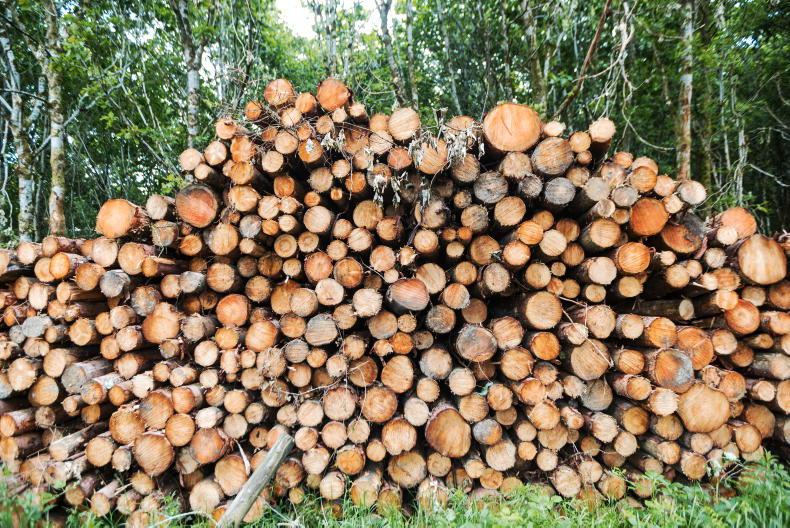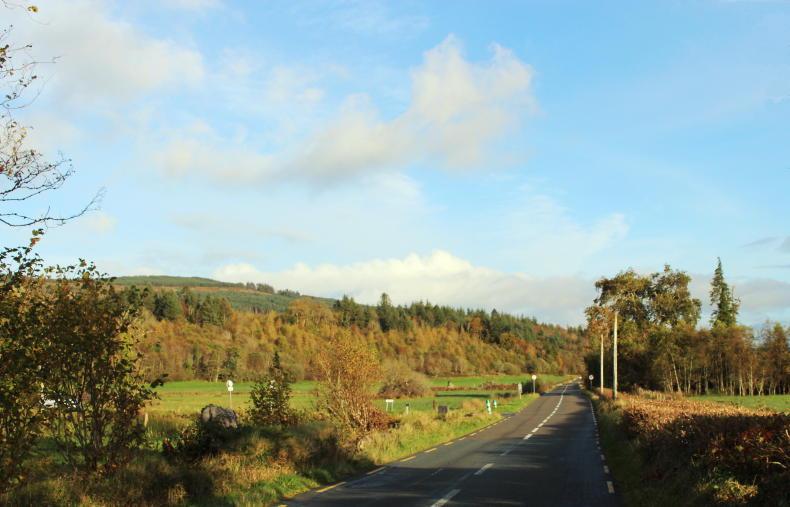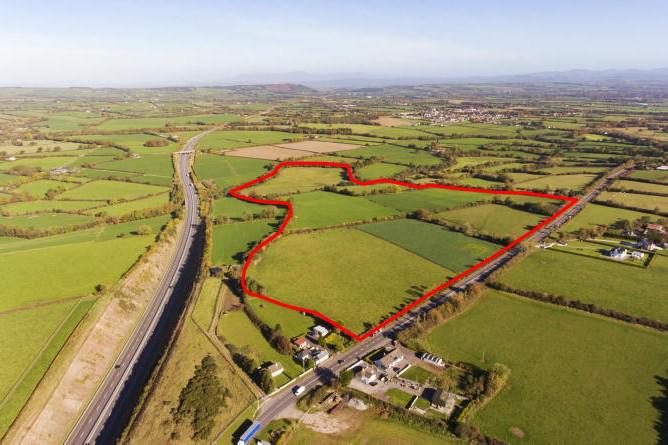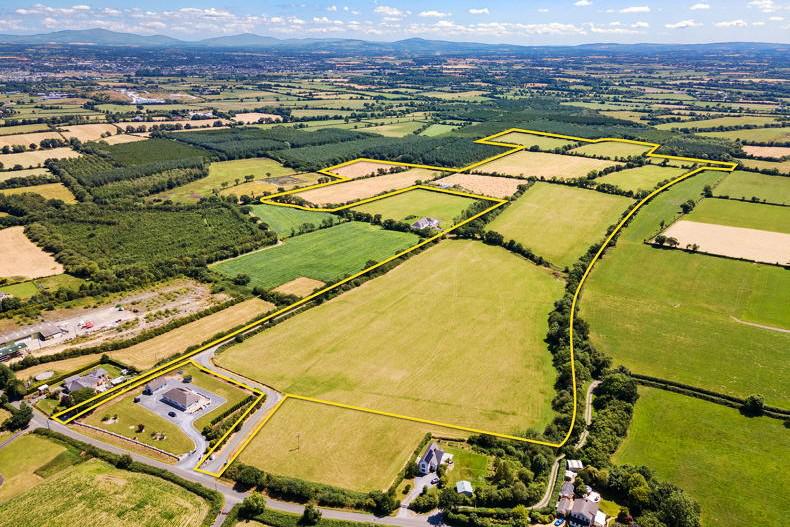Farmers across the country have now made their decisions and selected their approach to the new CAP. In the past, this would have meant that parcels of land enrolled in the CAP agri-environment schemes, such as ACRES, would have been locked-in for the duration of the CAP.
This is no longer the case, as new flexibility has been introduced that allows farmers, to switch their land to forestry with no clawback of monies already paid under the CAP.
A farmer can enter the national Forestry Programme and have their land planted with their preferred forest type.
They will receive 100% grant funding to cover the cost of establishing the forest and begin to receive the new, much increased, forestry premiums for 20 instead of 15 years.
At the same time, they continue to collect their full CAP Basic Income Support for Sustainability (BISS) payments on the afforested land, and also the organic scheme payments if the agro-forestry option is selected.
This new ability for farmers to switch parcels of land out of the CAP and into forestry at any time is critical and the Department of Agriculture hopes that it will give a much needed boost to forestry at a time when annual afforestation has dropped from over 6,000ha to 2,000ha in just the last few years. Ireland needs to get back to the successful days of Irish forestry when up to 20,000ha of new forests were established annually.
Next decade
Minister Pippa Hackett recently announced €1.3bn in funding for forestry in the next decade with forestry premiums for farmers increasing by up to 130% depending on forest type planted.
All of this combines to make planting a portion of their holdings a much more attractive financial option for farmers.
Teagasc research on farm incomes consistently shows that planting trees yields a higher return than most other land uses on the farm.
Equally, there is a very strong environmental argument for creating new woodlands on our farms. Increasing Ireland’s tree cover from 11% to 18% is the national target and is central to our ambitions to become a carbon-neutral country.
Afforestation is one of the largest measures in Ireland’s Climate Action Plan and the Government is worried that failing to deliver on forestry will undermine our entire national climate change strategy.
There are 12 forest types (FTs) available under the new Forestry Programme 2023-2027 for farmers to choose from. FTs featuring native trees and broadleaves offer higher annual premiums compared with coniferous crops.
However, Table 1 illustrates the major increase in premiums for farmers who opt to plant 10ha under FT12 featuring Sitka spruce. Total tax-free payments amount to €149,200 compared with €76,500 in the previous afforestation programme.
With timber increasingly becoming the environmentally friendly building material of choice in Ireland and globally, it is expected that timber prices will continue to climb steadily, providing a strong market for softwood logs.
Farmers will often look at the least favoured lands on their farm for planting in the first instance.
If there are a few hectares available, then it is advisable to contact a forestry company or registered forester to look at the site, examine the options and calculate what is best financially and environmentally for your farm.
The Government will cover 100% of the cost of planting the forest and will pay premiums for 20 years on top of BISS. Along the way, there is tax-free revenue from timber production during thinning,which can begin as early as year 15 with five annual premium payments still remaining for farmers.










SHARING OPTIONS